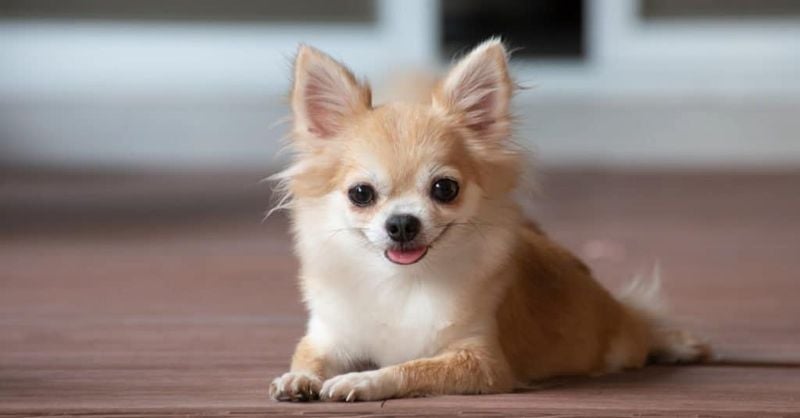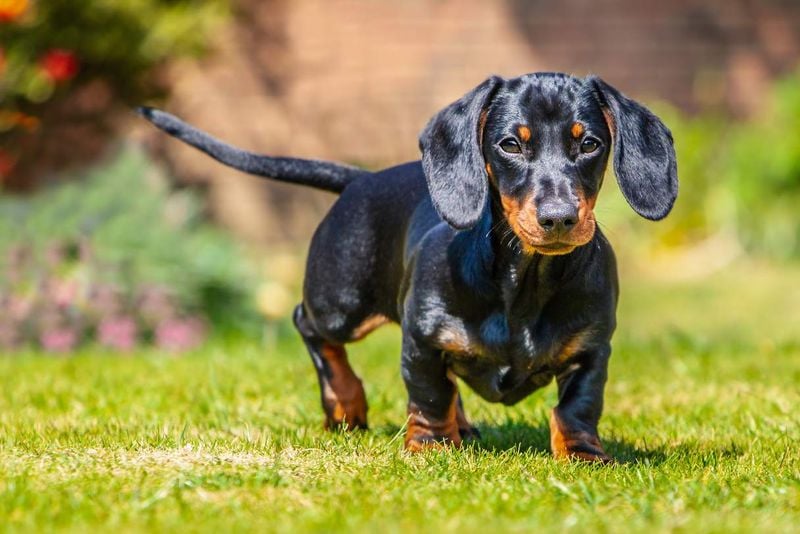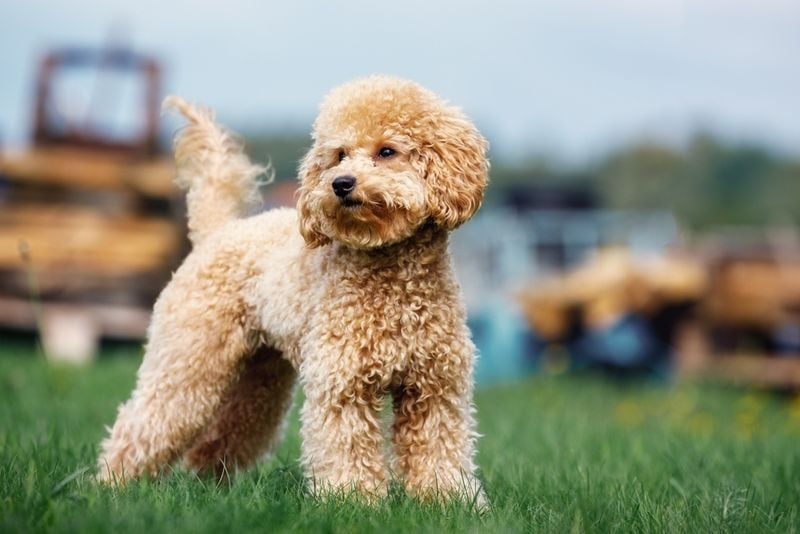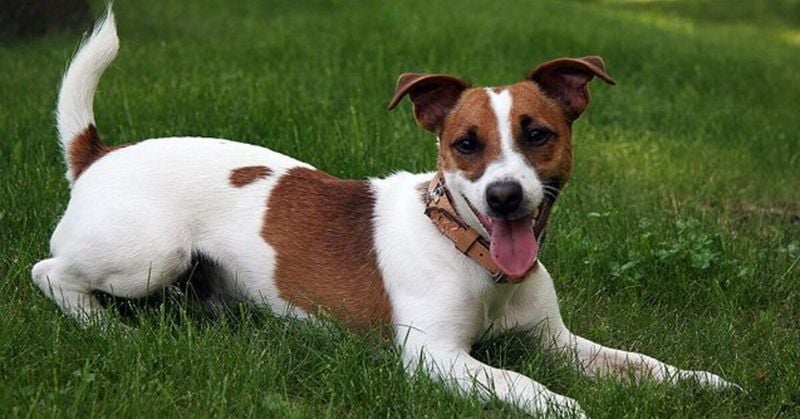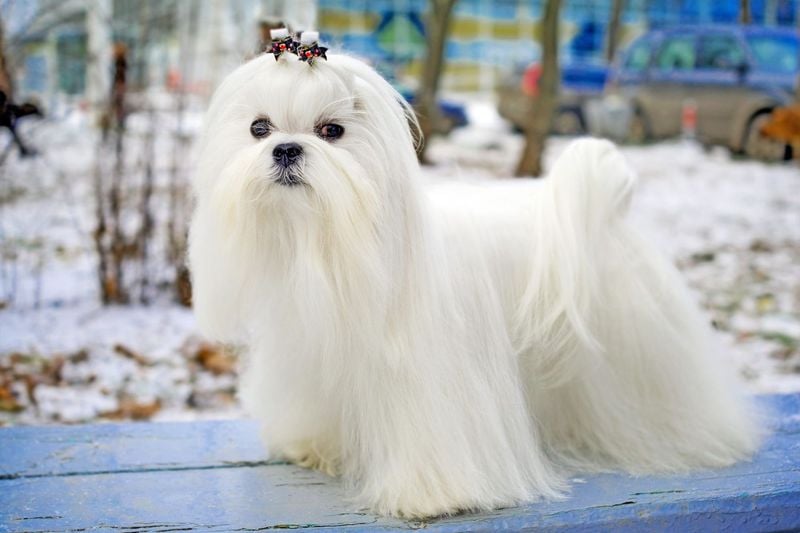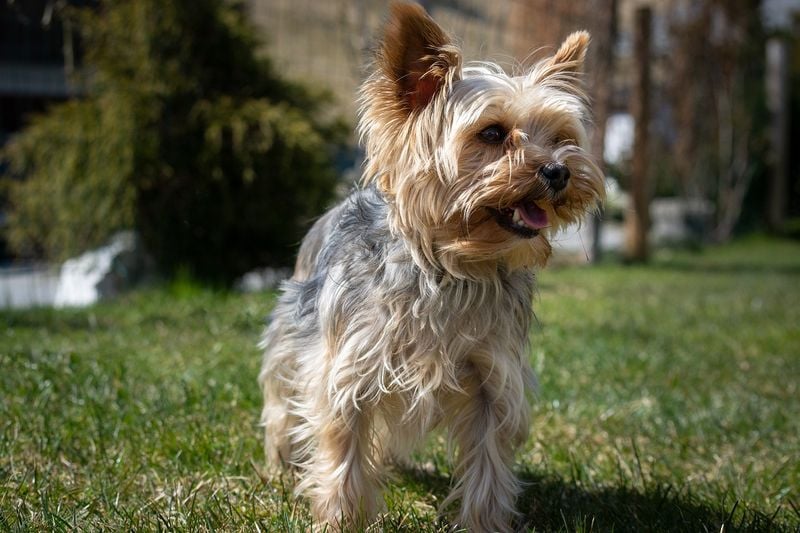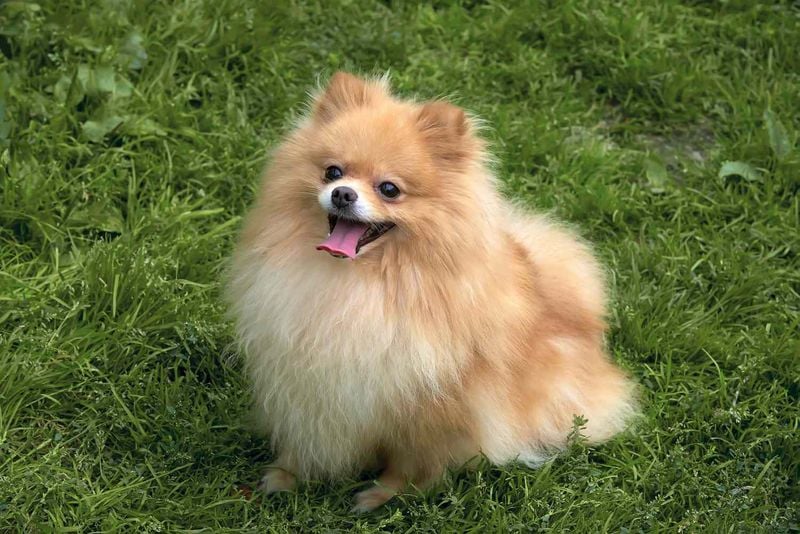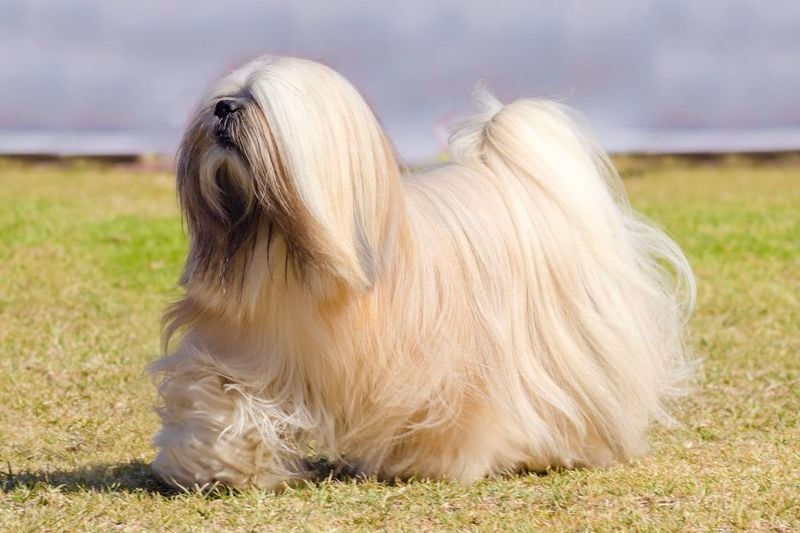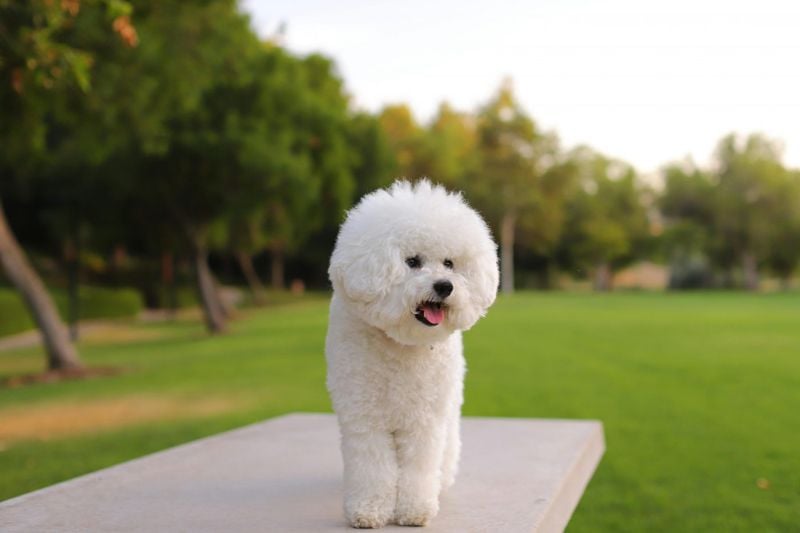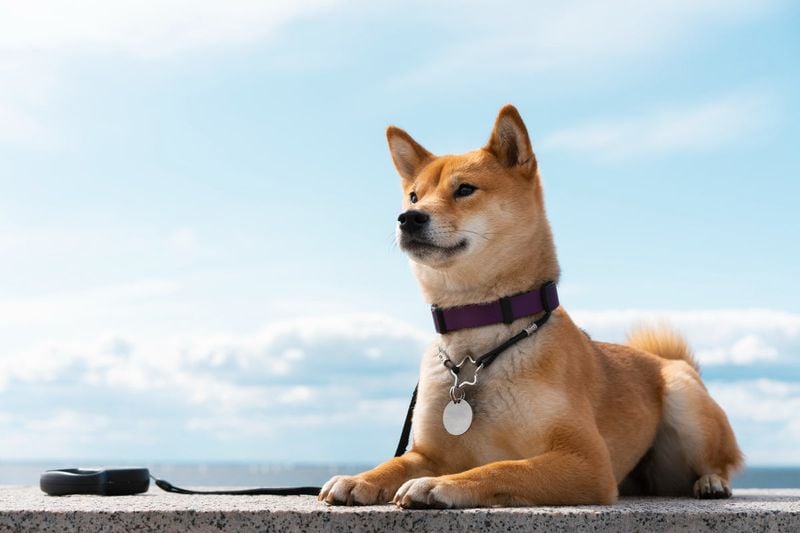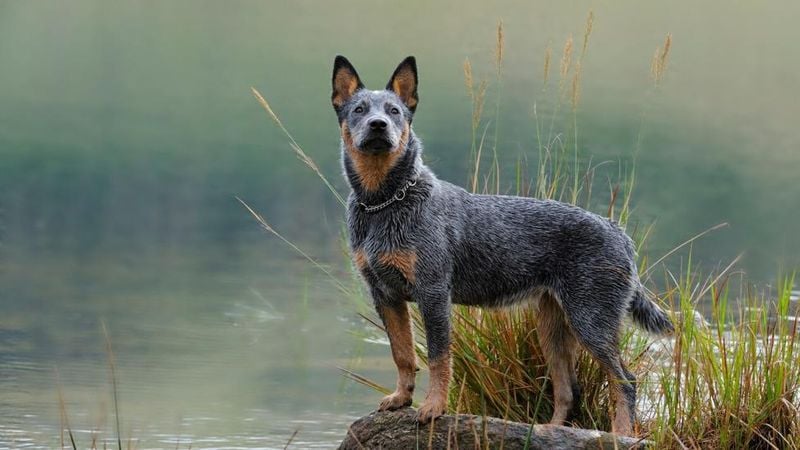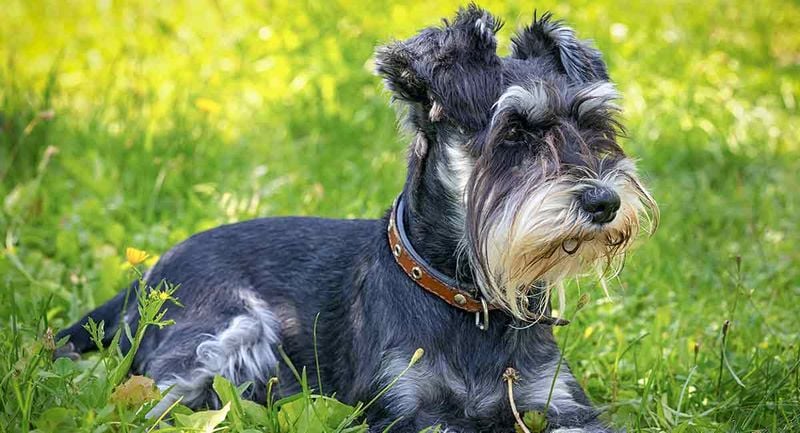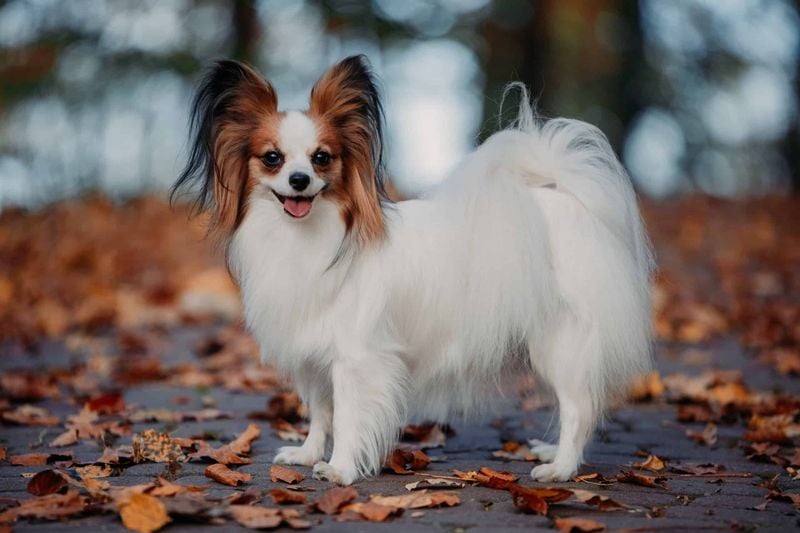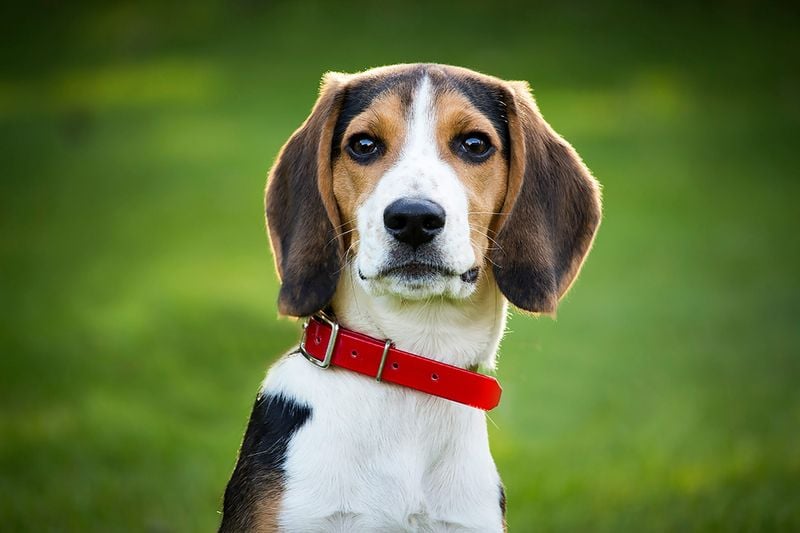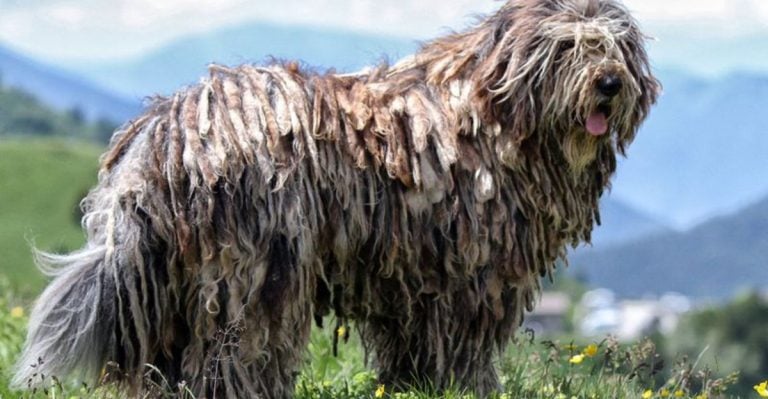Science Says These 15 Dogs Live the Longest
Ever wondered which furry friends stick around the longest? While the average dog lives about 10-13 years, certain breeds consistently outlive their canine cousins.
Scientists have studied dog lifespans for decades, tracking which breeds regularly reach their late teens or even early twenties.
If you’re looking for a four-legged companion who might be with you through major life milestones, these pups could be your best bet.
1. Chihuahua: The Tiny Champion
Weighing in at just 2-6 pounds, Chihuahuas pack longevity into their tiny frames. These pint-sized pups regularly live 15-20 years, with some reaching their early twenties!
Their small size contributes significantly to their extended lifespan, as smaller dogs generally live longer than larger breeds. Chihuahuas face fewer joint issues that plague bigger dogs, though they need dental care to prevent common tooth problems.
Despite their reputation for being sassy, these loyal companions form intense bonds with their owners. A Chihuahua named Megabyte holds one of the longest recorded lifespans at 20 years and 265 days.
2. Dachshund: Long Body, Long Life
Affectionately known as “wiener dogs” or “sausage dogs,” Dachshunds typically enjoy 12-16 years of life, with many reaching their late teens. Originally bred for hunting badgers (“dachs” means badger in German), these determined dogs have maintained their tenacity and health through generations.
Their unique body shape requires special care to prevent back problems. Regular exercise without jumping activities helps maintain their spine health.
Dachshunds come in three coat varieties: smooth, wirehaired, and longhaired. All types share the breed’s characteristic intelligence, curiosity, and surprisingly loud bark that once helped hunters locate them underground during hunts.
3. Toy Poodle: Brilliant and Enduring
Toy Poodles combine brainpower with staying power, regularly living 14-18 years. These sophisticated canines rank among the most intelligent dog breeds, making them quick learners and responsive companions.
Their non-shedding coat requires regular grooming but makes them suitable for many allergy sufferers. Standing under 10 inches tall, Toy Poodles avoid many size-related health issues that affect larger dogs.
Mental stimulation is as important as physical exercise for these clever canines. Puzzle toys and training sessions keep their minds sharp well into their senior years. A balanced diet and regular dental care contribute significantly to their impressive longevity.
4. Jack Russell Terrier: Endless Energy
Jack Russell Terriers bound through life with remarkable vigor, typically living 13-16 years. Many reach their late teens while maintaining their characteristic enthusiasm and energy.
Originally bred for fox hunting in England, these dogs possess extraordinary stamina and resilience. Their high activity level naturally keeps them fit, contributing to their extended lifespan. Regular exercise isn’t just beneficial—it’s essential for their physical and mental wellbeing.
Jack Russells remain playful well into their senior years, often showing fewer signs of aging than other breeds. Their strong prey drive means they need secure fencing and supervision, but this hunting instinct helps maintain their vitality throughout their long lives.
5. Shih Tzu: Ancient Companion
Revered in Chinese imperial courts for centuries, Shih Tzus continue their legacy as long-lived companions, averaging 10-16 years. Their name means “little lion,” but there’s nothing fierce about these gentle, affectionate dogs.
Their flattened faces require special attention to prevent breathing difficulties, especially in hot weather. Regular grooming maintains their luxurious double coat and prevents skin issues that could affect their health and comfort.
Shih Tzus were bred specifically for companionship rather than working roles. This focused breeding for temperament rather than physical abilities has resulted in a generally healthy breed with fewer genetic health concerns than many purpose-bred working dogs.
6. Maltese: White-Coated Wonders
The elegant Maltese, with its flowing white coat, typically enjoys 12-15 years of life. These ancient dogs have been aristocratic companions for over 28 centuries, appearing in Greek and Roman art from antiquity.
Despite their delicate appearance, Maltese dogs possess surprisingly robust constitutions. They remain playful and kitten-like well into their senior years. Their small size (under 7 pounds) contributes to their longevity, following the pattern of smaller dogs living longer.
Regular dental care is particularly important, as tooth problems are common in the breed. A Maltese named Paco set an unofficial record by living to 29 years, demonstrating the remarkable potential lifespan of these sophisticated little dogs.
7. Yorkshire Terrier: Tiny Terrier, Big Lifespan
Yorkshire Terriers pack remarkable longevity into their tiny frames, regularly living 13-16 years. Despite weighing only 4-7 pounds, these former rat catchers bring tenacity and spirit that belies their size.
Their human-like hair (not fur) requires regular grooming but doesn’t shed much, making them suitable for many homes. Yorkies need dental attention, as their small mouths can lead to tooth crowding and associated problems.
These dogs maintain puppy-like playfulness well into their senior years. A balanced diet specifically formulated for small breeds helps prevent hypoglycemia, a concern in tiny dogs. Some exceptional Yorkies have lived into their 20s with proper care.
8. Pomeranian: Fluffy Fox Faces
Beneath their spectacular fox-like coats, Pomeranians hide remarkable durability, typically living 12-16 years. These extroverted little dogs descended from large Arctic sled dogs, gradually bred down to their current toy size while maintaining robust health.
Their thick double coat requires regular brushing but protects them from temperature extremes. Pomeranians often maintain their playful personalities and bright expressions well into their senior years.
Regular dental care is crucial as small dogs frequently develop tooth problems. A Pomeranian named Coty holds the record for oldest in the breed, living to 21 years and 8 months. Their active nature helps keep them fit throughout their long lives.
9. Lhasa Apso: Tibetan Sentinels
Lhasa Apsos were bred as interior sentinels in Tibetan monasteries, where their longevity (12-15 years) was considered a blessing. These ancient dogs served as alarm systems, alerting larger Tibetan Mastiffs to potential intruders.
Their long, heavy coats evolved as protection against harsh Himalayan winters. While their flowing hair requires maintenance, it contributed to their survival in extreme environments. Unlike many small breeds, Lhasas have few breathing problems due to their normal muzzle length.
Independent and somewhat stubborn, these dogs maintain their alert nature throughout life. Their cautious approach to strangers—a trait developed over centuries of watchdog duty—stays consistent from puppyhood through their senior years.
10. Bichon Frise: Cotton-Ball Survivors
The cheerful Bichon Frise bounces through life for 14-15 years on average, with many reaching their late teens. These cotton-ball-like dogs were once popular with European nobility for their consistently sunny dispositions and adaptability.
Their curly white coats require regular grooming but shed minimally, making them suitable for many allergy sufferers. Bichons maintain their playful, puppy-like behavior well into old age, showing remarkable resistance to the slowing down that affects many breeds.
Regular exercise prevents obesity, a common issue in the breed. Their friendly nature makes them excellent therapy dogs even in their senior years. The oldest recorded Bichon reached 21 years while maintaining good quality of life.
11. Shiba Inu: Ancient Japanese Survivor
The fox-like Shiba Inu typically lives 13-16 years, maintaining its dignified independence throughout life. As one of Japan’s oldest native breeds, Shibas nearly went extinct during World War II but were saved by dedicated breeders preserving their ancient bloodlines.
Their compact, muscular bodies and thick double coats evolved for hunting in mountainous terrain. This natural, minimally-altered physique contributes to their overall health and longevity.
Shibas famously groom themselves like cats, keeping their distinctive red, sesame, or black-and-tan coats clean. Their alert nature and physical fitness typically remain intact well into their senior years. Regular veterinary care helps manage potential genetic issues like patellar luxation.
12. Australian Cattle Dog: Outback Survivor
Breaking the “smaller dogs live longer” rule, Australian Cattle Dogs typically enjoy 12-16 years of active life. A cattle dog named Bluey holds the world record for longest-lived dog, reaching an astounding 29 years and 5 months while working cattle in Australia.
Bred for endurance in harsh outback conditions, these dogs maintain their athletic builds and stamina well into old age. Their speckled coats (called “blue” or “red” heelers) require minimal maintenance, reflecting their practical working heritage.
Mental stimulation remains as important as physical exercise throughout their lives. Without jobs or activities, these intelligent dogs can become destructive. Their remarkable hardiness comes from minimal exaggeration in physical features and selective breeding for working ability.
13. Miniature Schnauzer: Bearded Seniors
The distinctive bearded Miniature Schnauzer typically lives 12-15 years, with many reaching their late teens. These German farm dogs were originally bred to hunt rats, requiring intelligence and tenacity that serves them well throughout their long lives.
Their wiry double coats need regular grooming but shed minimally. Unlike their larger Standard and Giant Schnauzer cousins, the Miniature version enjoys extended longevity due to its smaller size.
Regular veterinary screening helps manage potential heart issues that can affect the breed. Their alert, energetic temperament typically remains unchanged as they age. A balanced diet helps prevent pancreatitis, which can be common in the breed.
14. Papillon: Butterfly Ears, Extended Years
Named for their butterfly-like ears (“papillon” means butterfly in French), these elegant toy spaniels typically live 14-16 years. Despite their delicate appearance, Papillons are surprisingly robust and athletic, maintaining their agility well into old age.
Their silky single coat requires regular brushing but less maintenance than many small breeds. Unlike many toy dogs, Papillons have normal muzzles without breathing difficulties, contributing to their overall health and longevity.
Consistently ranked among the most intelligent dog breeds, Papillons keep their minds sharp through continuous learning. Their alert, friendly nature makes them excellent companions throughout their long lives. Regular dental care helps prevent tooth loss, a common issue in small breeds.
15. Beagle: Merry Methuselahs
The merry Beagle typically enjoys 12-15 years of life, with many reaching their late teens. Originally bred for pack hunting, these dogs benefit from strong social instincts and hardy constitutions that serve them well throughout life.
Their moderate size (under 30 pounds) hits a sweet spot—avoiding both the joint issues of larger breeds and some health concerns of tiny dogs. Beagles’ natural body shape, without exaggerated features, contributes to their overall health and longevity.
Regular exercise prevents obesity, a common issue in food-motivated Beagles. Their excellent sense of smell remains intact even in old age. The oldest recorded Beagle, Butch, lived to 27 years in Virginia, demonstrating the remarkable potential lifespan of these cheerful hounds.

